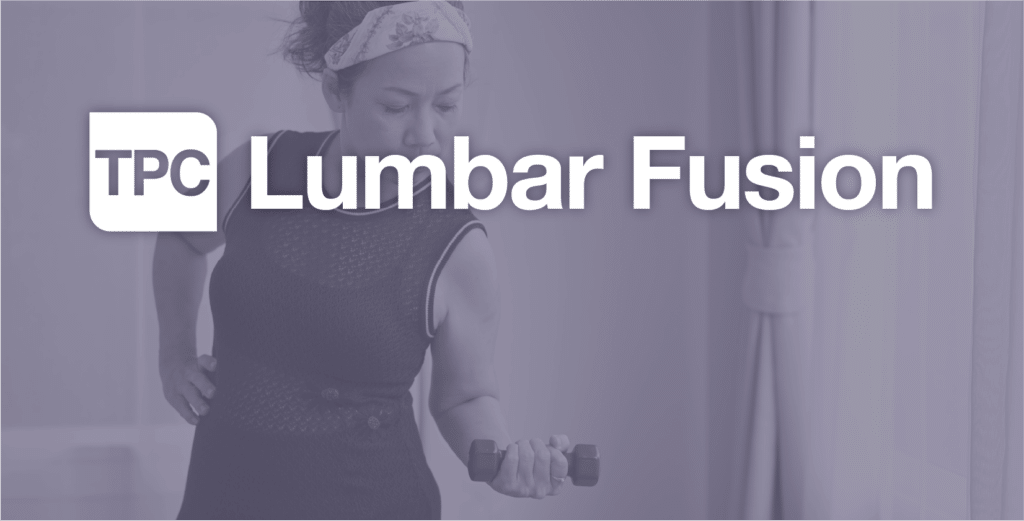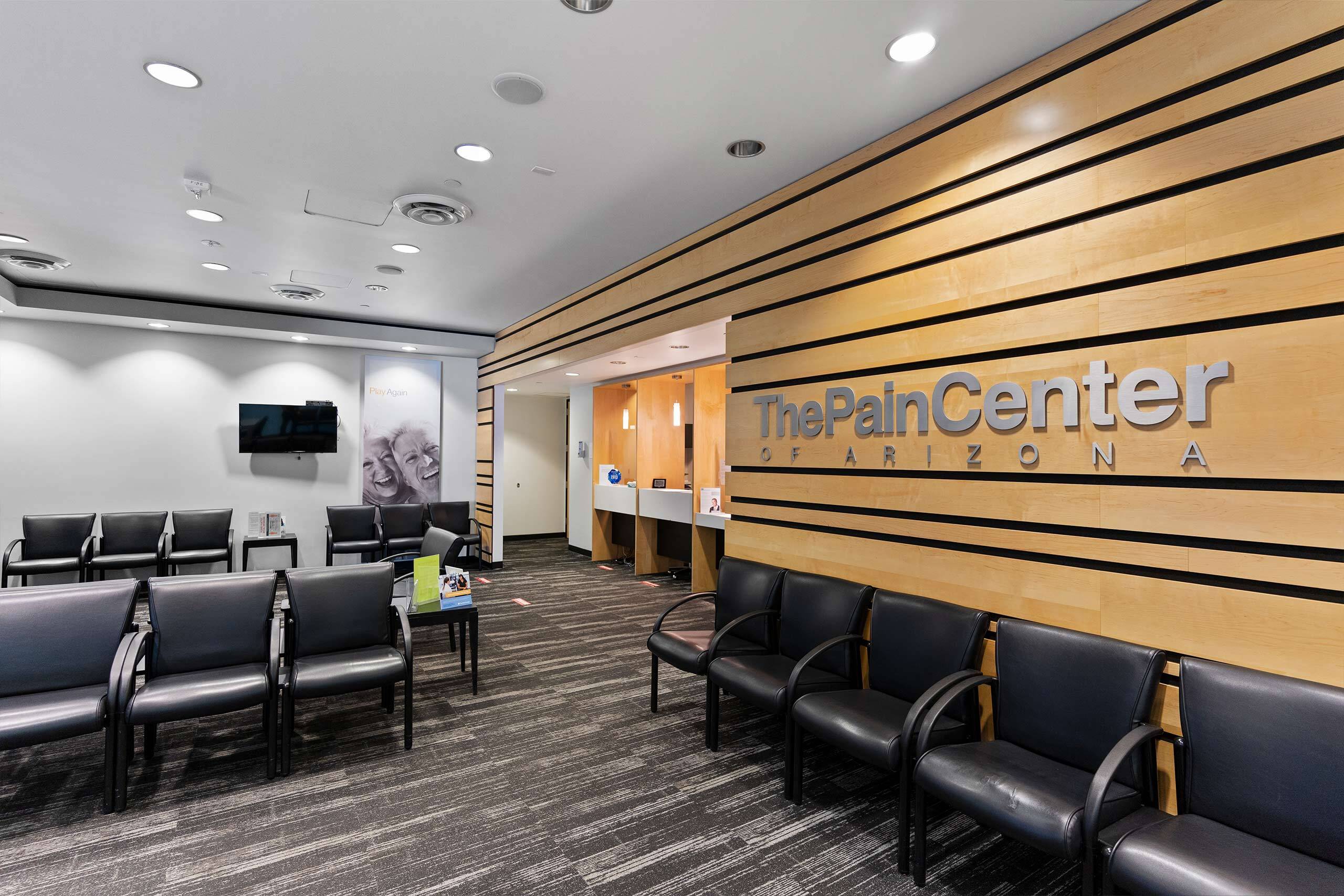Minimally Invasive Lumbar Fusion
A lumbar fusion addresses several kinds of spinal conditions that take place in the lumbar spine (lower back). These conditions contribute to pain, numbness, and weakness that impact everyday living. The minimally invasive lumbar fusion procedure joins two or more lumbar vertebrae together using an approach that minimizes trauma to the body and post-recovery time and discomfort.

What is Minimally Invasive Lumbar Fusion?
The minimally invasive lumbar fusion is designed to stabilize the lower back using a method that minimizes physical trauma to surrounding tissue and muscles. In comparison to traditional lumbar fusions, minimally invasive lumbar fusions use smaller incisions and surgical tools to expedite healing time.
This procedure goes in and fuses two or more adjacent vertebrae using bone grafting, removing any causes of nerve decompression in the process, such as damaged disc material or bone spurs. When a disc in the lumbar region becomes ruptured or damaged, this can create instability and misalignment in the spine. By removing these, the spine becomes more stable and free from compression.
What Types of Pain Does Minimally Invasive Lumbar Fusion Treat?
Lumbar fusions can address pain caused by several existing conditions of the lumbar spine, such as degenerative disc disease and spinal stenosis. The most commonly targeted pain for this procedure include:
- Chronic lower back pain
- Leg pain
- Numbness and tingling of the legs, feet, and buttocks
- Muscle weakness
- Sciatica
How Does Minimally Invasive Lumbar Fusion Work?
Following the administering of anesthesia, your surgeon will create a small incision, typically less than an inch in length, in the lumbar spine region. Using surgical tools, they will access the spine and locate any decompression present. After removing any small portions of vertebral bone or disc material responsible for nerve compression, your surgeon will use bone grafting to fuse the adjacent vertebrae. Once these steps are finished, they will close the area and prep you for recovery.
Expectations and Recovery
Throughout your recovery, it’s important to follow post-operative instructions, which include limitations on activities, engaging in physical therapy, and managing any pain through safe exercise and medication.
While the minimally invasive approach to lumbar fusion promotes quicker recovery, your body still requires time to heal and adapt to the changes made internally. In no time, you’ll be back to your regular daily activities, savoring life without the burden of pain.


Get the care you need within 24 hours*
We know when you’re looking for relief for your chronic pain, you can’t wait any longer than you already have. This is why we can schedule you with an appointment within 24 hours at most of our pain centers across the Valley, so you can start your journey to life-long pain relief as soon as tomorrow.



